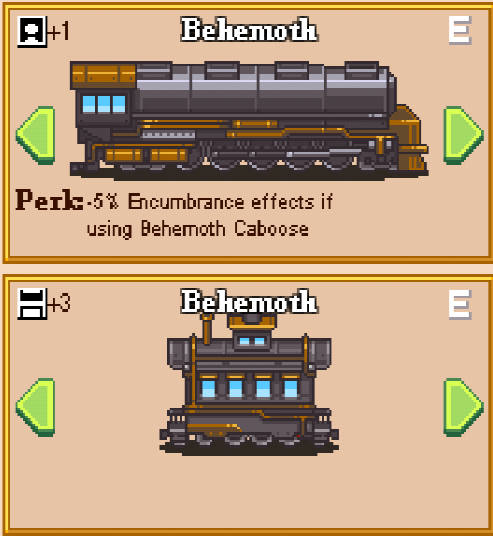

It used a load-bearing single rail and two lower, external rails for balance, the three carried on triangular supports. It was intended for military use, but was also seen to have civilian use as a "cheap railway." Similarly, one of the first systems put into practical use was that of French engineer Charles Lartigue, who built a line between Ballybunion and Listowel in Ireland, opened in 1888 and lasting 36 years, being closed in 1924 (due to damage from Ireland's Civil War). Based on its design the Bradford and Foster Brook Railway was built in 1877 and ran for one year from January 1878 until January 1879.Īround 1879 a "one-rail" system was proposed independently by Haddon and by Stringfellow, which used an inverted "V" rail (and thus shaped like "Λ" in cross-section). The Centennial Monorail was featured at the Centennial Exposition in Philadelphia in 1876. Attempts at creating monorail alternatives to conventional railways have been made since the early part of the 19th century. The first monorail prototype was made in Russia in 1820 by Ivan Elmanov. Gyroscopically balanced monorail (1909) by Brennan and Scherl Early years
Maglevs differ from other monorails in that they do not physically contact the beam while moving. Under the Monorail Society's beam-width criterion, some, but not all, maglev systems are considered monorails, such as the Transrapid and Linimo. Compared to the elevated train systems of New York, Chicago and elsewhere, a monorail beamway casts a narrow shadow. They obtain electricity from the track structure, eliminating costly and, to many people, unsightly overhead power lines and poles. Monorails can be quieter than diesel buses and trains. As with other elevated transit systems, monorail passengers enjoy sunlight and views and by watching for familiar landmarks, they can know better when to get off to reach their destinations. Surface-level trains, buses, automobiles, and pedestrians can collide each one with the other, while vehicles on dedicated, grade-separated rights-of-way such as monorails can collide only with other vehicles on the same system, with much fewer opportunities for collision. As with other grade-separated transit systems, monorails avoid red lights, intersection turns, and traffic jams. įrom the passenger's perspective, monorails can have some advantages over trains, buses, and automobiles. They are both guided and supported via interaction with the same single beam, in contrast to other guided systems like rubber-tyred metros, the Sapporo Municipal Subway or guided buses or trams, such as Translohr. Unlike some trams and light rail systems, modern monorails are always separated from other traffic and pedestrians due to the geometry of the rail. Mumbai Monorail serves alongside Mumbai Metro, while monorail lines are integrated with conventional rail lines in Bangkok's BTS Skytrain network. Monorails are in use urban areas alongside conventional parallel railed metro systems. Like other advanced rapid transit systems, monorails can be driven by linear induction motors like conventional railways, vehicle bodies can be connected to the beam via bogies, allowing curves to be negotiated. They can be individual rigid vehicles, articulated single units, or multiple units coupled into trains. Monorail vehicles often appear similar to light rail vehicles, and can be staffed or unstaffed. Monorails are often elevated, sometimes leading to confusion with other elevated systems such as the Docklands Light Railway, Vancouver SkyTrain, the AirTrain JFK and cable propelled systems like the Cable Liner people mover which run on two rails.


Monorail vehicles are wider than the guide way that supports them.” Similarities Vehicles either are suspended from or straddle a narrow guide way. In most cases rail is elevated, but monorails can also run at grade, below grade or in subway tunnels. To differentiate monorails from other transport modes, the Monorail Society defines a monorail as a "single rail serving as a track for passenger or freight vehicles. Monorails have found applications in airport transfer and medium capacity metros. Monorail on concrete columns in Chongqing, China


 0 kommentar(er)
0 kommentar(er)
